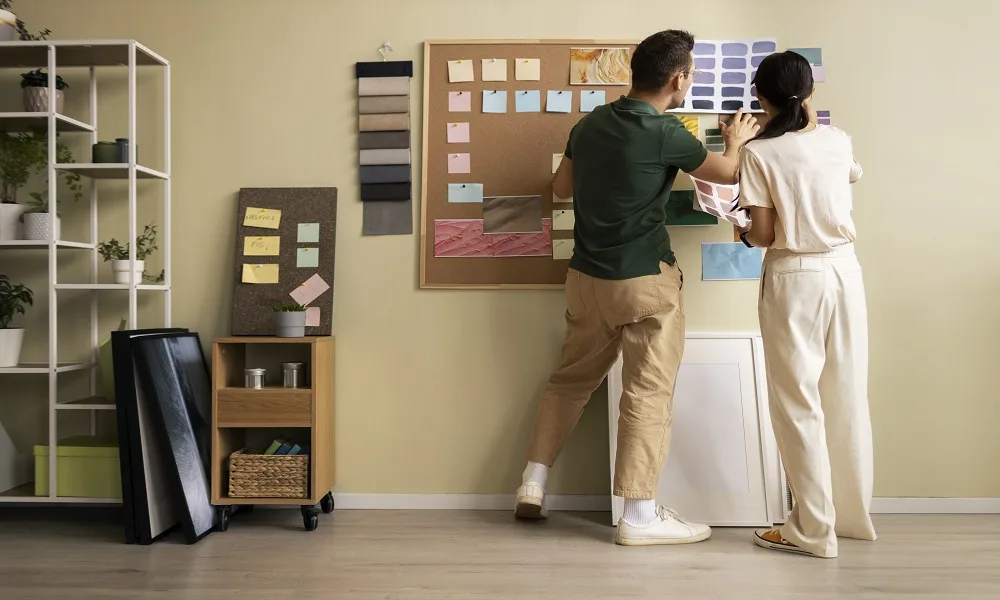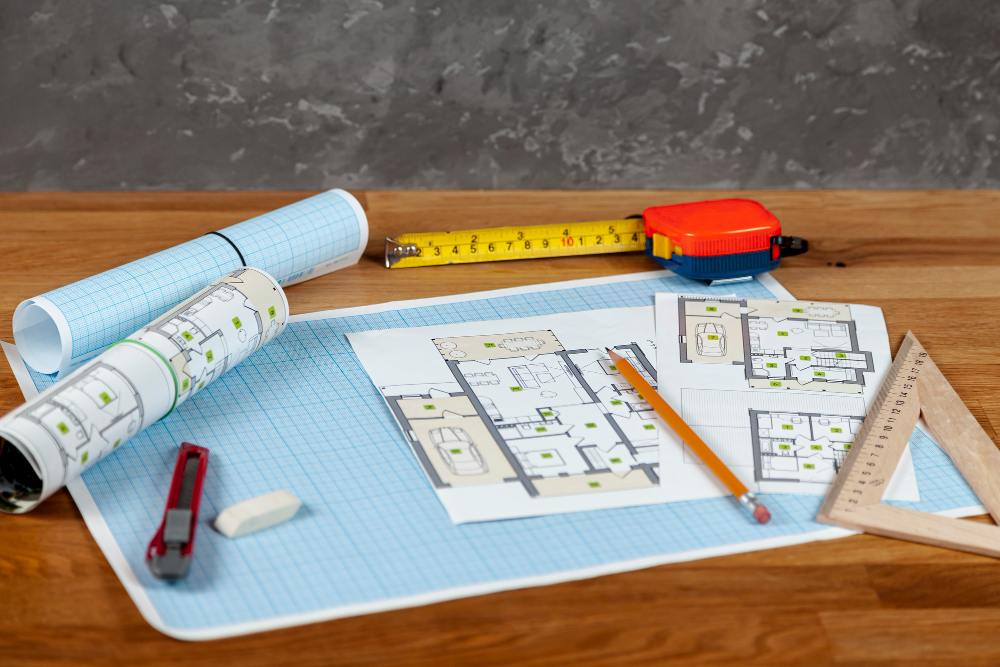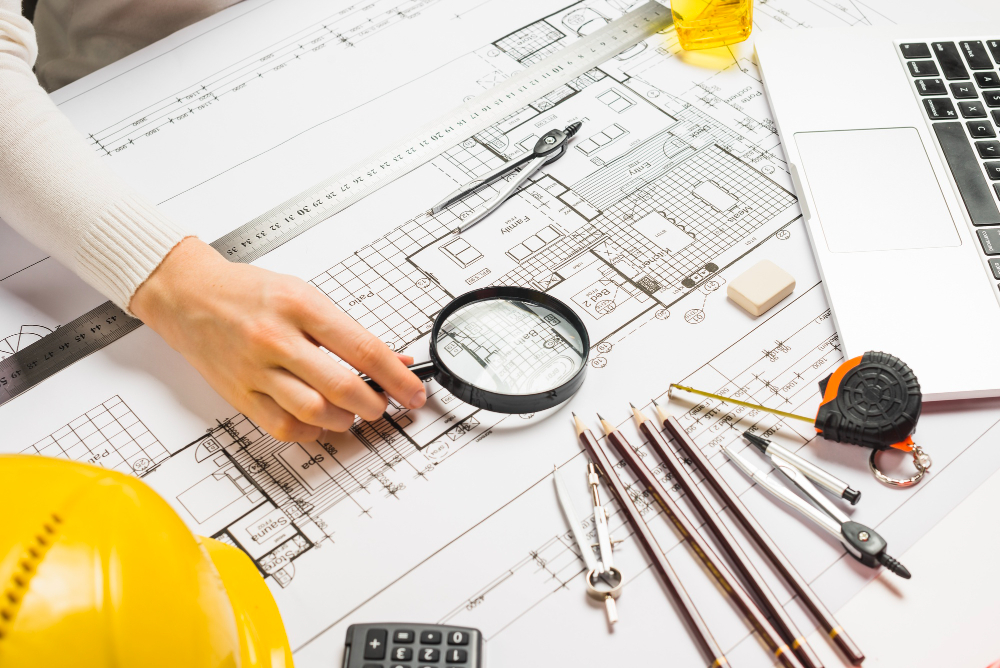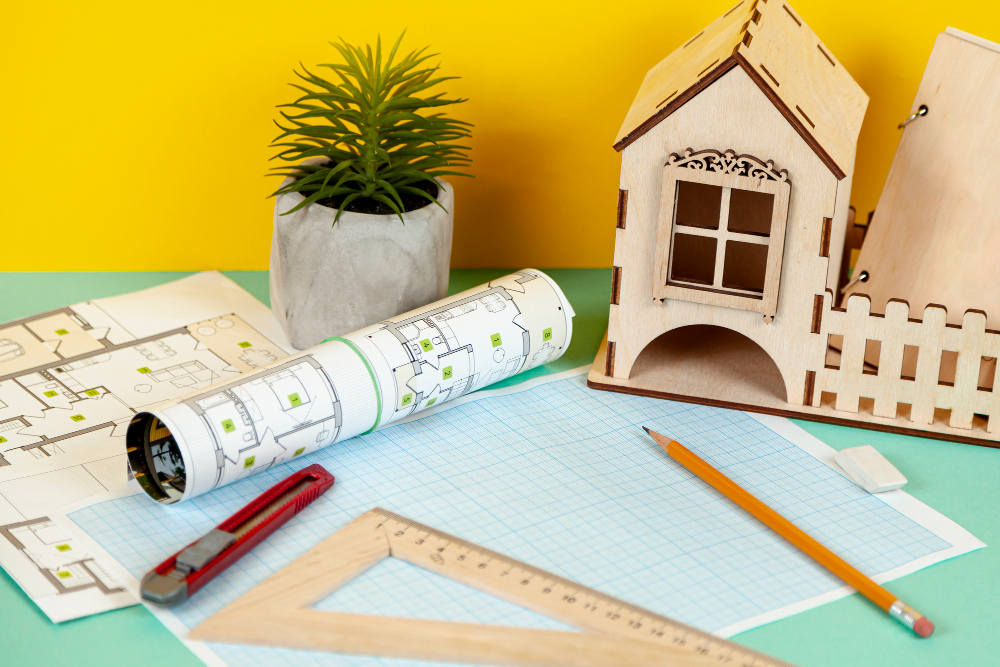Our rooms do more than just hold our furniture. The way a space is arranged can shape how we feel, how we talk, and even how connected we are with the people around us. When your home feels open, balanced, and inviting, it naturally makes relationships smoother and warmer.
Bedrooms
The bedroom is where emotional closeness grows, so the way it’s set up matters. A bed pushed against the wall might seem practical, but it can make you feel left out or secondary. Try keeping the bed centered so both sides are equally accessible. This simple shift creates a sense of equality and partnership.
Also, keep the area around the bed calm and clutter-free. Too many items piled up can feel overwhelming and distracting, while an open and neat setting feels more peaceful.
Living Rooms
The living room is where families spend time together and where most conversations happen. How the seating is placed can either encourage closeness or create distance. Instead of pushing all the furniture against the walls, try arranging chairs and sofas so they face each other. This invites people to sit, talk, and make eye contact easily.
It’s also good to avoid having the television as the main focus. While it’s fun for movie nights, if the TV dominates the room, conversations take a back seat. A small shift in seating can bring the focus back to the people in the room, not just the screen.
Dining Area
Meals are one of the simplest yet strongest ways to connect. A dining table that is clean, comfortable, and well-lit sets the tone for meaningful conversations. Round or oval tables are especially great since everyone feels included, and no one is left out at the “end.”
The Bigger Picture
Rearranging a room isn’t about strict rules—it’s about creating spaces that feel natural, open, and welcoming. When you make small changes that encourage comfort and togetherness, you also make space for better conversations, understanding, and connection.
At the end of the day, your home should feel like a place where love and warmth flow easily. By rethinking how your rooms are arranged, you’re shaping an environment that helps relationships grow.


















